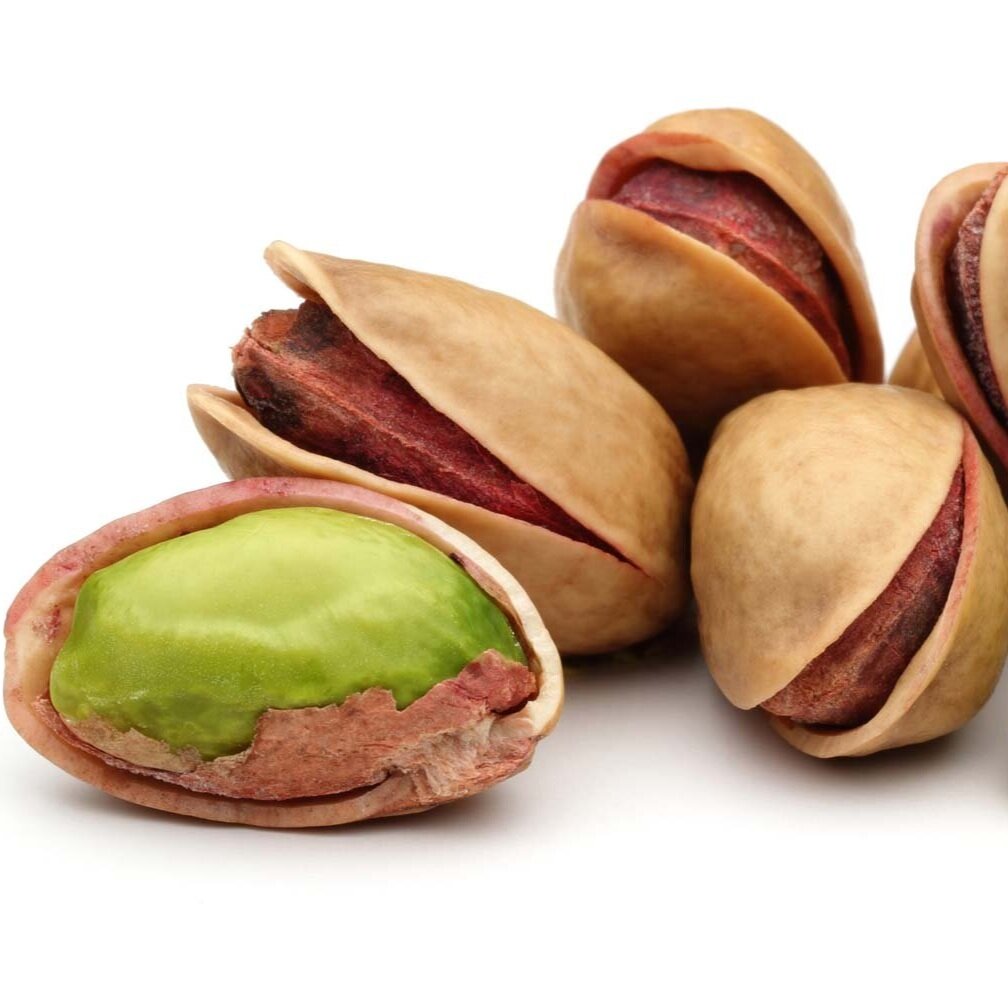Introduction to Pistachios
Pistachios, small yet mighty, have been a prized snack for thousands of years. Originating from Central Asia and the Middle East, these green-hued nuts are more than just a delightful treat; they are packed with a powerhouse of nutrients beneficial to health. The pistachio tree, Pistacia vera, bears fruits that require hot, dry climates to flourish, making places like Iran, the United States (especially California), and Turkey leading producers. These nuts are unique not only for their rich, buttery flavor but also for their intriguing open shells, which occur naturally during the fruit’s maturation process. Enjoyed globally, pistachios have been integrated into various culinary cultures, from being a staple in Middle Eastern dishes to topping delightful ice creams in Western desserts. Their widespread popularity underscores their versatility in both savory and sweet dishes, making them an essential pantry item in households around the world.
Nutritional Benefits
Pistachios stand out in the nut family due to their impressive nutritional profile. They are a fantastic source of protein, fiber, and antioxidants, all wrapped up in a relatively low-calorie package. A one-ounce serving of pistachios, roughly equivalent to 49 nuts, offers more than just satiety; it provides substantial health benefits. These green gems are rich in vitamins and minerals, including Vitamin B6, which is crucial for brain health and immune function, and potassium, essential for heart health and muscle function. Furthermore, pistachios contain more antioxidants than most nuts, with lutein and zeaxanthin being particularly beneficial for eye health. Their high content of monounsaturated and polyunsaturated fats, known as “good fats,” contributes to lowering bad cholesterol levels, thus reducing the risk of heart disease. Integrating pistachios into one’s diet can contribute to overall health, making them a smart choice for health-conscious individuals.
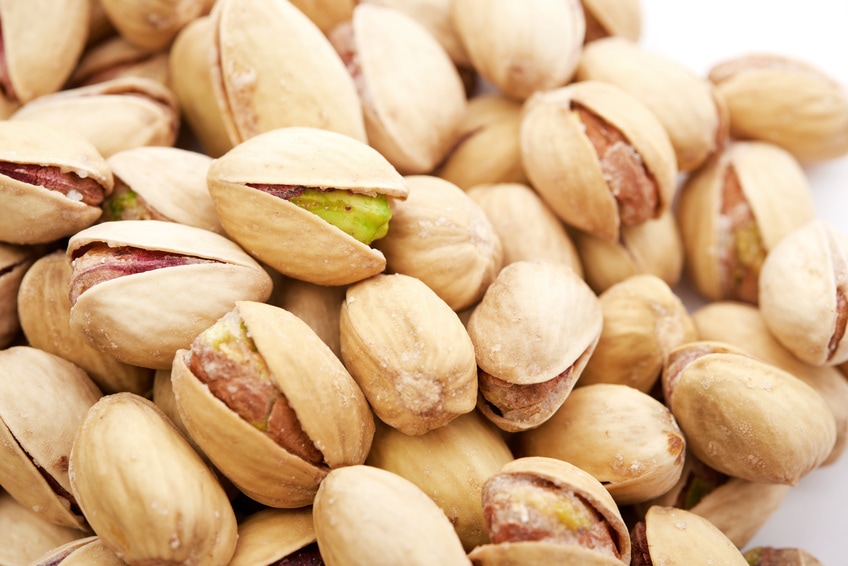
Pistachios and Heart Health
One of the most significant benefits of pistachios is their positive impact on heart health. Studies have shown that regular consumption of pistachios can lead to lower levels of LDL (low-density lipoprotein) cholesterol, often referred to as “bad” cholesterol. This effect is attributed to their high content of antioxidants and unsaturated fatty acids, which help in reducing vascular inflammation and improving lipid profiles. Moreover, the presence of the amino acid L-arginine in pistachios contributes to the flexibility and health of arterial walls by promoting the production of nitric oxide, which helps in the dilation of blood vessels. For individuals looking to improve their heart health naturally, incorporating a moderate amount of pistachios into their daily diet could be a step in the right direction. While pistachios alone cannot solve all cardiovascular issues, they can certainly be a part of a heart-healthy diet plan.
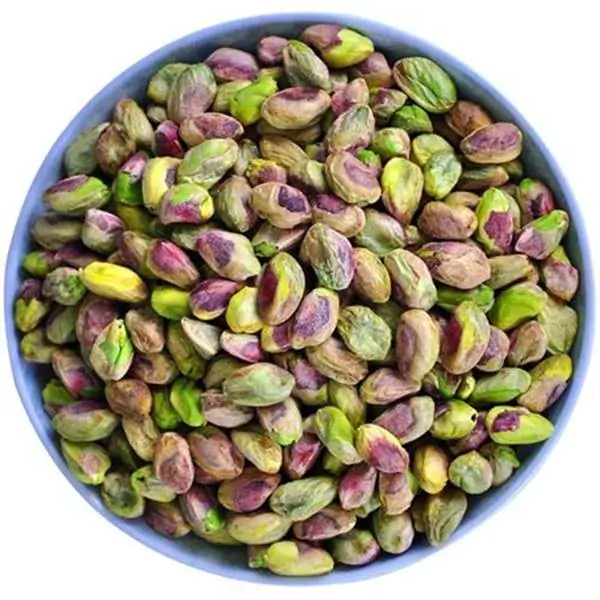
Weight Management and Pistachios
Contrary to the belief that nuts are fattening, pistachios can actually be a valuable addition to a weight management diet. Their high fiber and protein content can help keep you feeling full longer, reducing the likelihood of overeating. This effect, combined with the action of shelling pistachios, can help control portion sizes and encourage a mindful eating practice. Shelling pistachios requires time and effort, which slows down the pace of eating and can lead to a reduction in overall calorie intake. Moreover, research suggests that the body may not absorb all the fat present in pistachios, meaning the effective calorie intake might be lower than what is listed on nutritional labels. Including a serving of pistachios as part of a balanced diet could therefore be helpful in maintaining or achieving a healthy weight.
Pistachios in Culinary Delights
Beyond their health benefits, pistachios are a versatile ingredient that can enhance the flavor and texture of various dishes. Their rich, nutty taste and vibrant green color make them an excellent addition to both sweet and savory dishes. Pistachios can be sprinkled over salads for added crunch, crushed and used as a coating for meat or fish, or incorporated into pasta and grain dishes for a touch of elegance. In sweets, they are commonly found in ice creams, cakes, and pastries, offering a delightful contrast in flavors and textures. Middle Eastern cuisine makes extensive use of pistachios, notably in traditional desserts like baklava and halva. For home cooks looking to elevate their culinary creations, experimenting with pistachios can lead to surprisingly delicious outcomes.
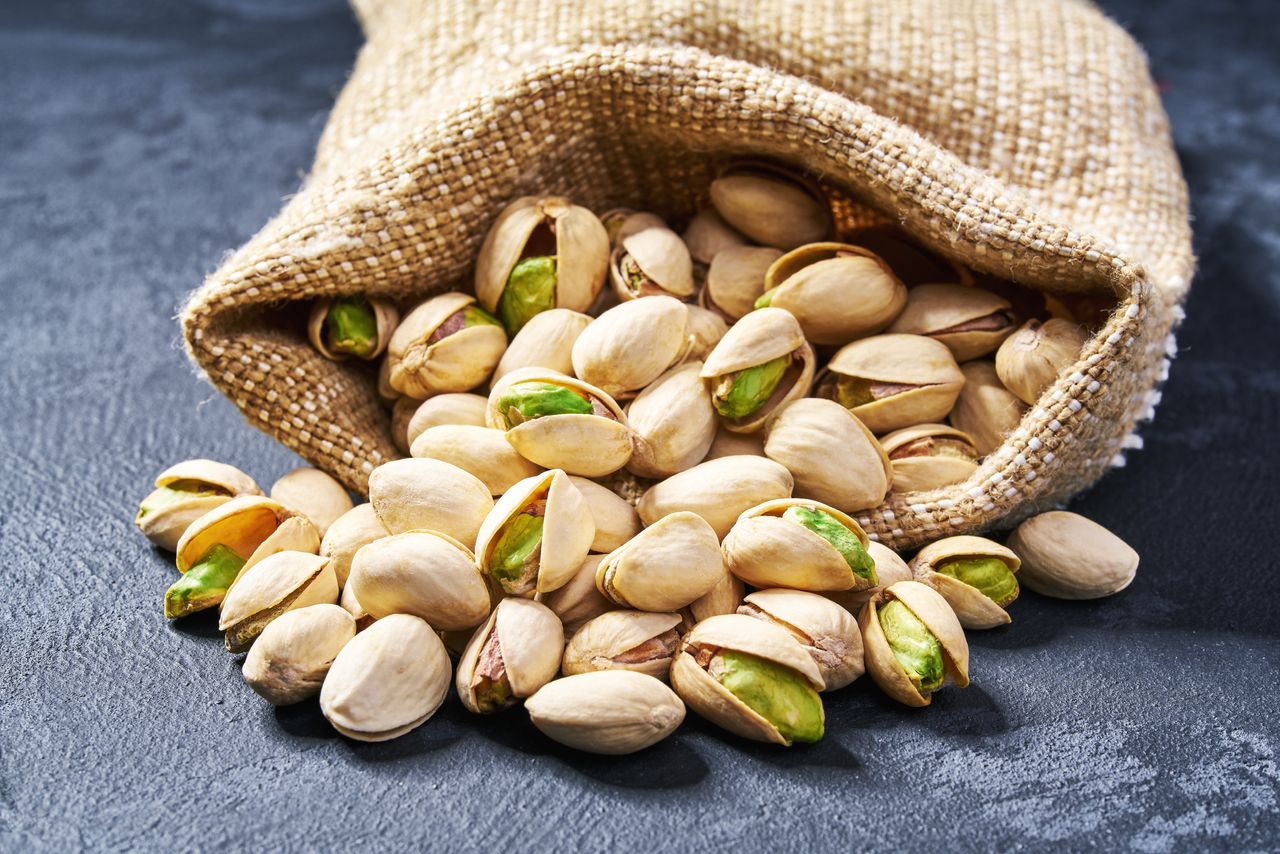
Sustainable Farming and Future Prospects
Sustainable farming practices are crucial for the continued availability of high-quality pistachios. As the demand for these nuts grows globally, so does the need for responsible cultivation methods that ensure the health of the land and the livelihoods of the farmers. Research into drought-resistant pistachio trees and methods for reducing water usage is ongoing, reflecting the industry’s awareness of environmental challenges. Looking forward, the pistachio industry is poised for growth, driven by increasing consumer
awareness of the nut’s health benefits and the culinary versatility it offers. Innovations in farming technology and sustainable practices will likely play a critical role in meeting the rising demand. Moreover, as consumers become more interested in plant-based nutrition, pistachios offer a compelling option for protein and nutrient intake without the environmental footprint associated with animal products.
Continued efforts in research and development are set to explore further the health benefits of pistachios, potentially uncovering new reasons for their inclusion in our diets. As dietary patterns evolve towards more health-conscious choices, pistachios represent a snack that doesn’t compromise on taste for nutritional value. Their role in a balanced diet, contributing to heart health and weight management, underscores their reputation as a superfood.
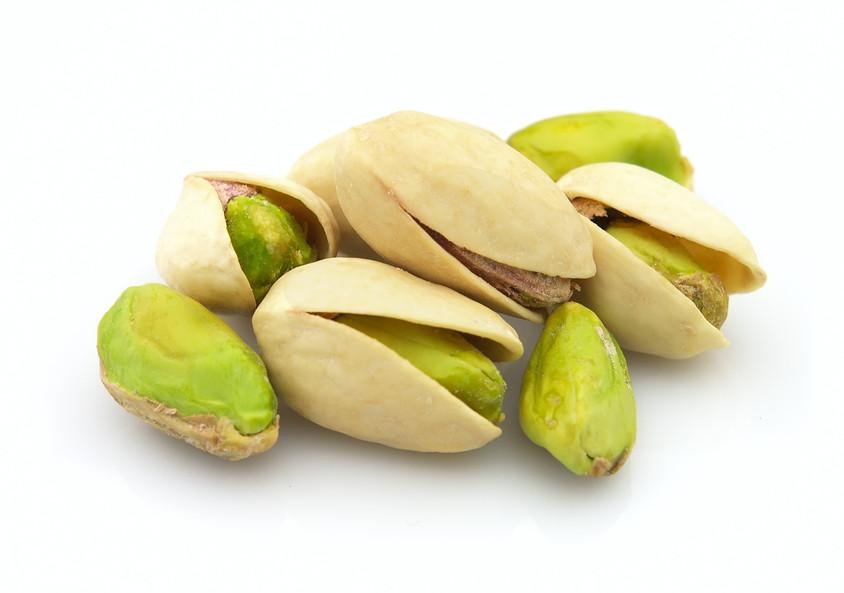
Furthermore, the culinary world continues to discover and reimagine the use of pistachios in various dishes, transcending traditional expectations. From vegan pistachio-based “cheeses” to pistachio-infused oils and spreads, the potential for innovation is boundless. These developments not only offer delightful new flavors for the palate but also contribute to a sustainable and healthful eating lifestyle.
Conclusion
Pistachios nut fruit, with their myriad of health benefits, environmental considerations, and culinary applications, are truly a remarkable nut. Their contribution to heart health, weight management, and overall nutritional density makes them an invaluable addition to the modern diet. The ongoing focus on sustainable farming practices ensures that this delightful snack will continue to be enjoyed for generations to come, while culinary innovations keep the pistachio relevant in contemporary cuisine.
The future of pistachios looks bright, both from a nutritional and a gastronomical perspective. As consumers continue to value health and sustainability alongside taste and convenience, pistachios will likely maintain their status as a favored snack and ingredient. Whether enjoyed as a handful of roasted nuts, part of a heart-healthy recipe, or as a decadent dessert component, pistachios offer a combination of benefits and pleasures unique among their kind.
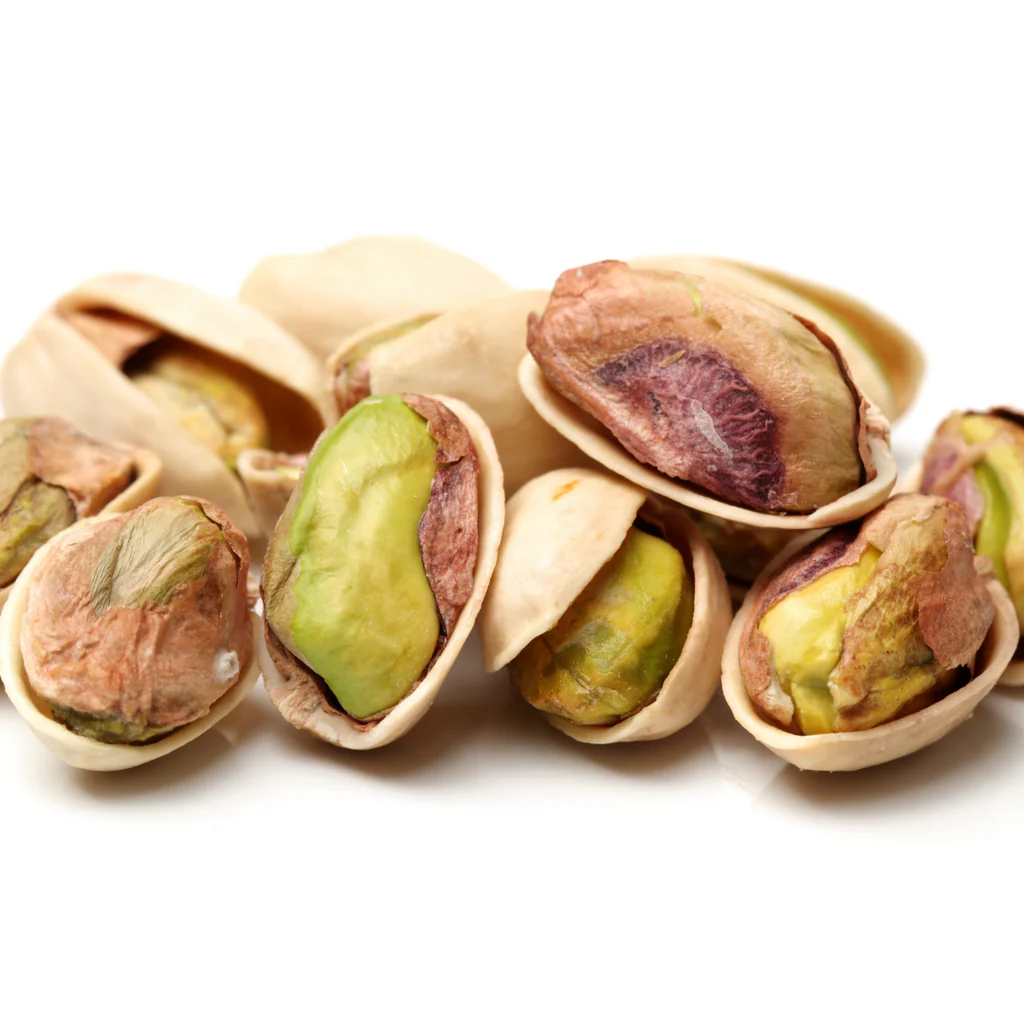
Embracing pistachios in the daily diet is more than a nod to indulgence; it is an investment in health, a gesture towards sustainability, and a step towards culinary exploration. These tiny green jewels, with their rich history and promising future, exemplify how delicious and beneficial mindful eating can be. Whether as part of a health-conscious snack rotation or as a star ingredient in innovative recipes, which are poised to remain a cherished staple in kitchen pantries and dining tables worldwide.
